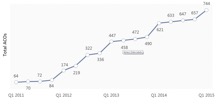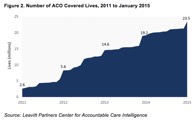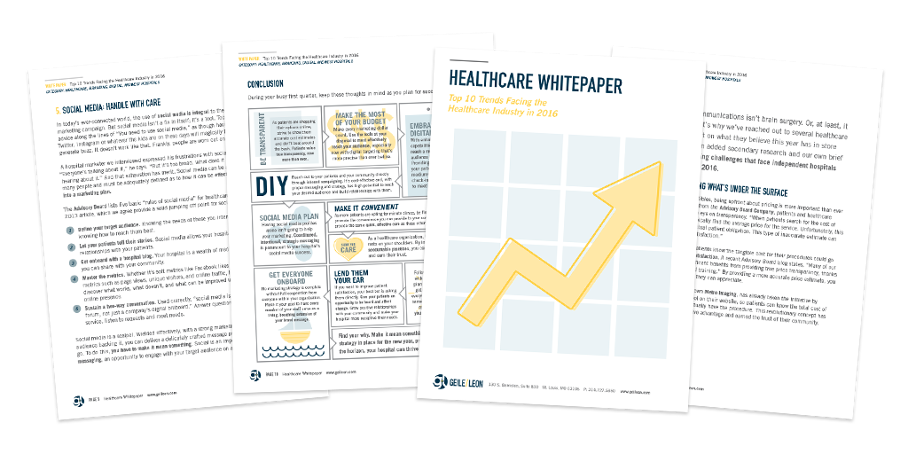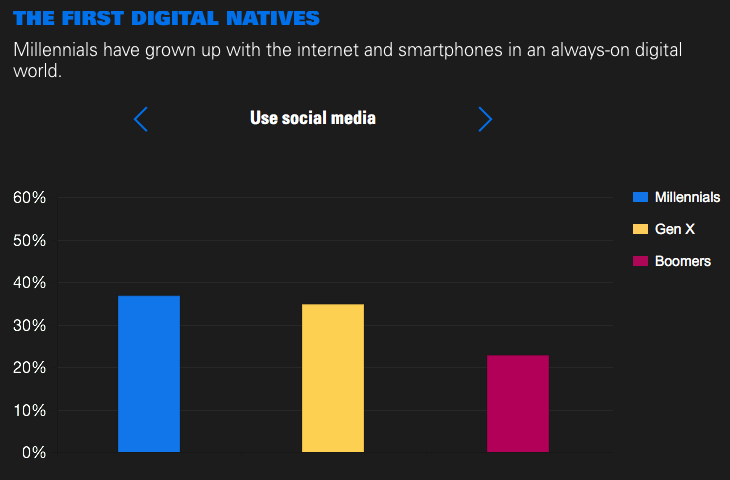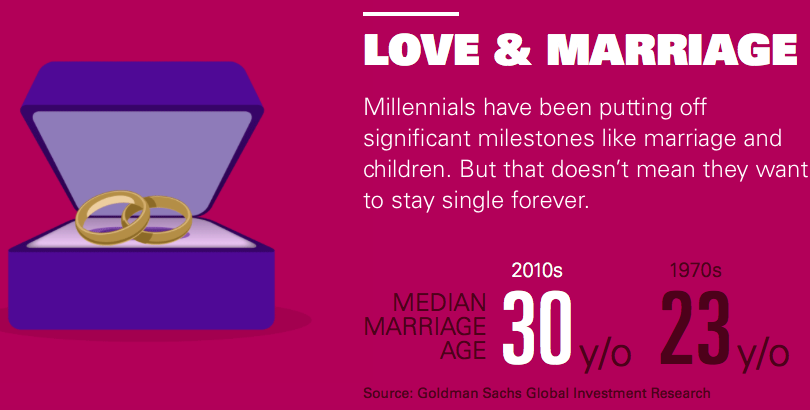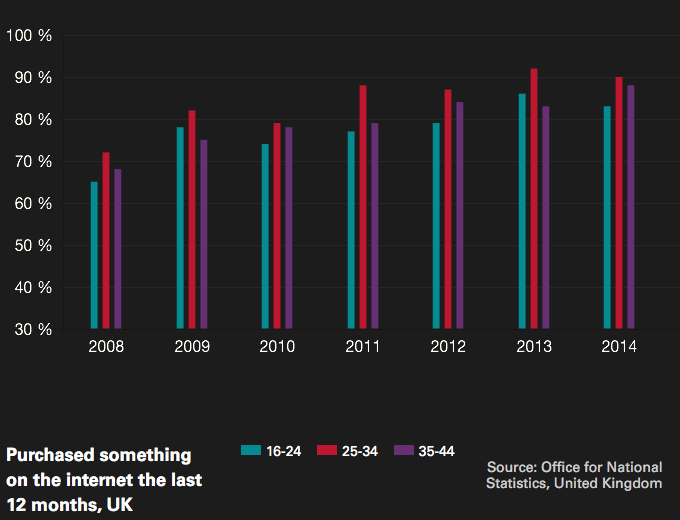While there are countless industries that have struggled since the beginning of the pandemic, one industry that’s facing major challenges and seismic changes is higher education. These institutions have been forced to completely rethink how they’re marketing to potential and current students. Whether it’s navigating new COVID restrictions, rolling out virtual learning, dealing with students opting out of college all together and decreased marketing budgets, they are struggling to connect with their end users.
Here at G/L, we work with higher education clients who are faced with all of these challenges. Based on our experience, we’ve gathered some strategies that we believe should be incorporated into any higher education marketing strategy. And guess what? They’re all techniques within the digital space…and they don’t cost a fortune.
First and foremost, any marketing strategy, especially that within a higher education space, needs to be reaching the right audiences (Gen Z and millennials mostly) where they’re already at — on their phones and online. And the best part is that digital marketing, especially social media marketing, is one of the most budget-friendly options out there. But before you start worrying about your advertising budget, this first recommendation will only cost your higher education institution time and effort.
Audit your digital experience
Take time out to evaluate every aspect of your digital presence. Start with auditing your online programs, your class registration process and your payment tools. Make sure that these processes and experiences are simple and easy to use for all involved. Next, make sure that your website is easy to navigate via mobile devices. According to Statcounter Global Stats, 54.25 percent of people worldwide are using their mobile devices to access the internet. Without a mobile optimization, your website is only accessible to less than half of the population.
Lastly, incorporate customized experiences into your strategy. Not only is this a trend in the digital space, but it’s expected from higher education institutions by prospective students. Whether that’s creating custom landing pages for your different student personas (ie. international, first-years, etc.), utilizing a personalized student portal or employing personalized digital ad and/or email campaigns, these digital tools will build trust between your brand and your audience.
Don’t skimp on your social media
Since the onset of COVID-19, social media usage worldwide is up by 44 percent, and 40 percent of consumers are spending longer on social media sites due to a lack of in-person connection. Not only are your prospective students on social media, but it’s also one of the most budget-friendly marketing tools to use. However, with varying platforms and strategies, it’s hard to know what tactics a higher education institution should take. Here’s what we would suggest:
Utilize chat bots
This is another great way to bring that personalized touch to your brand without a lot of labor. The pandemic has restricted in-person appointments, however you can still have those personalized conversations answer questions and concerns by using chatbots. Using this streamlined method can also help your prospective students through the enrollment and application process. Try chatbots with LinkedIn Conversation ads and FB Messaging ads. Check out how we did this for our client, Lindenwood University here.
Utilize TikTok + Instagram Reels
Since its launch in 2016, TikTok has rapidly grown to be the seventh-largest social media platform. As of 2020, 62 percent of users are between the ages of 10-29 and nine out of ten of these users open the app multiple times a day. On Instagram, there’s a reported 1 billion monthly active users as of 2020, 70 percent of whom are under the age of 35. Overall, 29 percent of teens say TikTok is their preferred social platform, and for Instagram it’s 25 percent. All of these statistics say that it’s a no brainer for a higher education institution to have some sort of organic strategy for short-term video across both platforms. At the very least, it would help increase brand awareness, brand recall and new student acquisition.
Utilize Influencers
Morning Consult reports that “72 percent of Gen Z and Millennials follow influencers, and teenagers are more likely to follow many.” Taking advantage of the reach that well-known alumni, professors, and distinguished students is a great way to reach your audience the way they want to be reached – via those who they seek out daily for information and opinions.
Increase your video content output
Video is a crucial part in any higher education marketing strategy for the simple fact that your students and prospects can’t visit and experience your campus for themselves. So it’s up to the school to create an immersive experience representing the atmosphere of their campus and curriculum to those students at home in front of their computers/mobile devices. It’s imperative for marketers to make those experiences come to life through video in order to drive prospective students to enroll. Some video content ideas could be:
- Campus tour videos (check out our work for Ursuline Academy)
- Speakers
- Day-in-the-life videos
- Meet the professors
- Department spotlights
Obviously, every school needs their own strategic, brand-driven marketing solutions that are tailored to their specific goals and brand, which is something we can help with. Let’s chat and see how Geile/Leon Marketing Communications can help your higher education institution build a marketing plan that will get you the most return on investment.

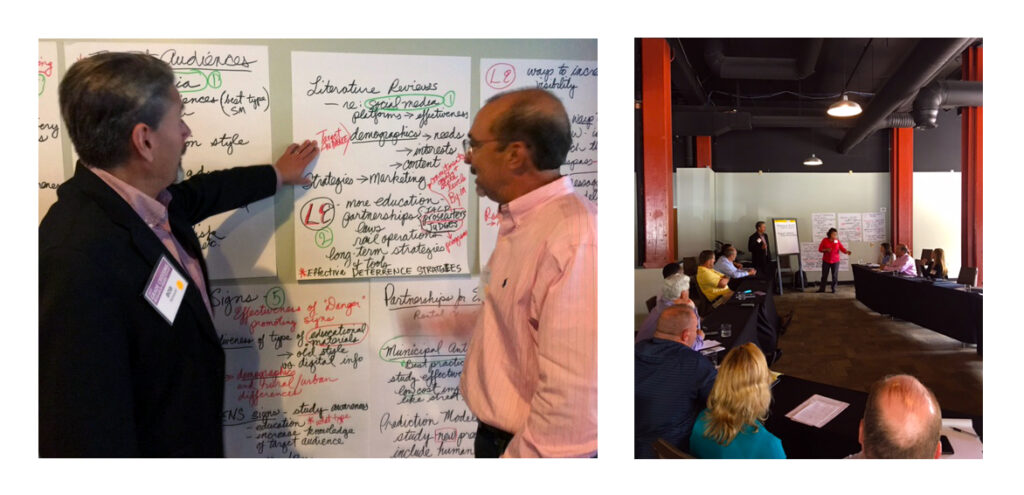 Crossing incidents are the second leading cause of rail-related deaths in the United States, which is why rail safety awareness and education are so important to the safety of our communities. Tim helped brainstorm the expanding role digital media can play in community outreach and education surrounding railroad safety. It was a very productive session attended by thought leaders from all facets of the industry.
Crossing incidents are the second leading cause of rail-related deaths in the United States, which is why rail safety awareness and education are so important to the safety of our communities. Tim helped brainstorm the expanding role digital media can play in community outreach and education surrounding railroad safety. It was a very productive session attended by thought leaders from all facets of the industry.



